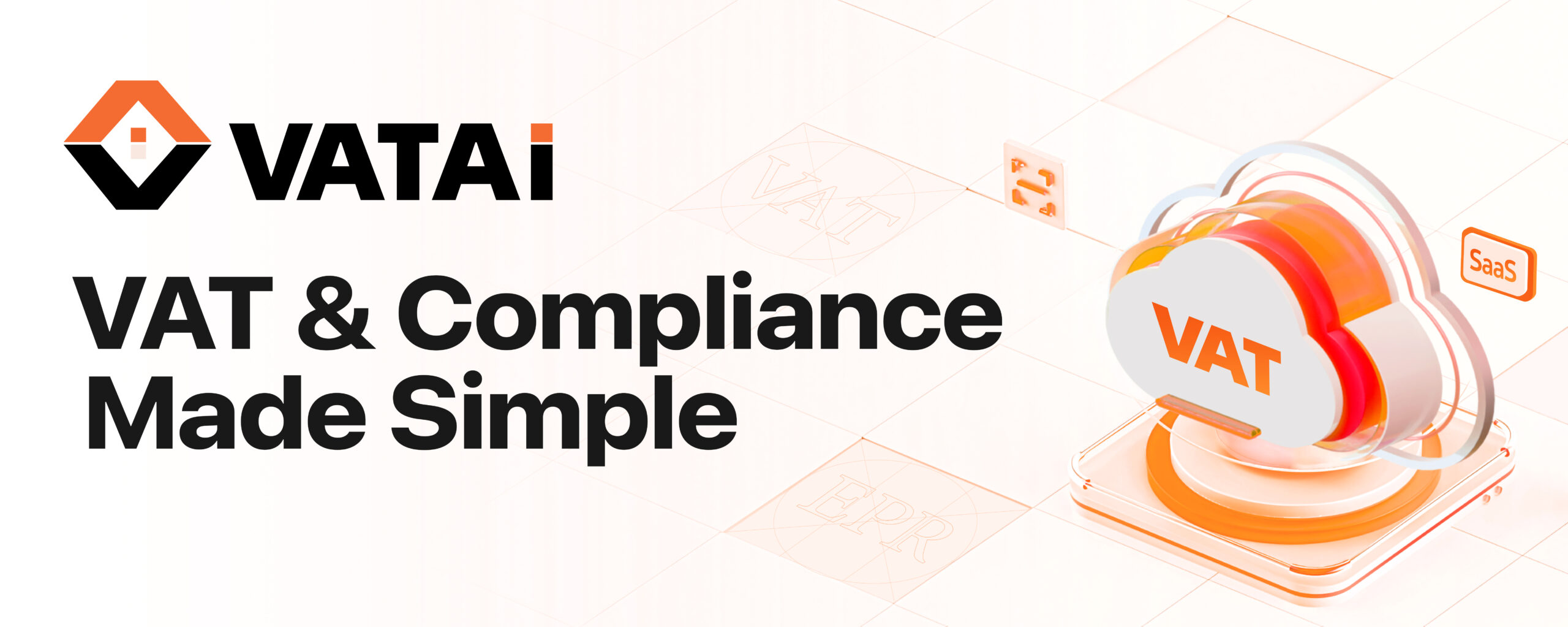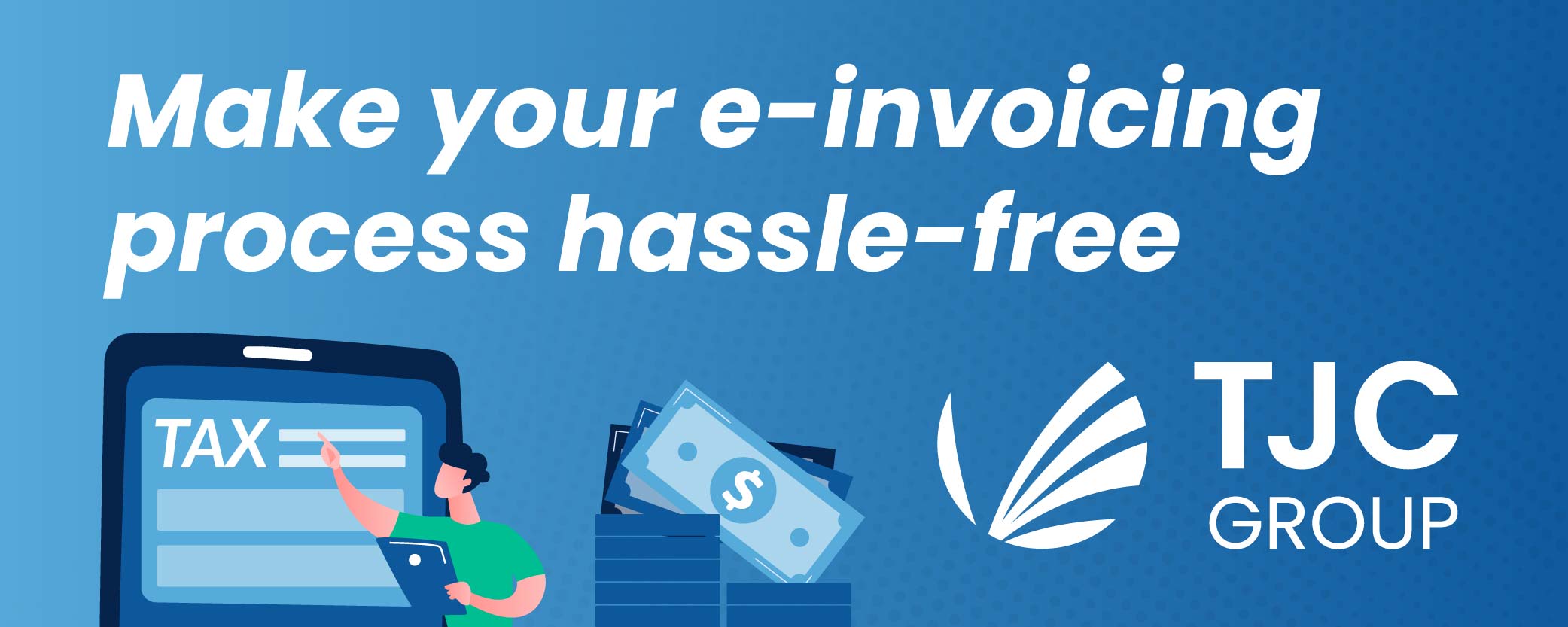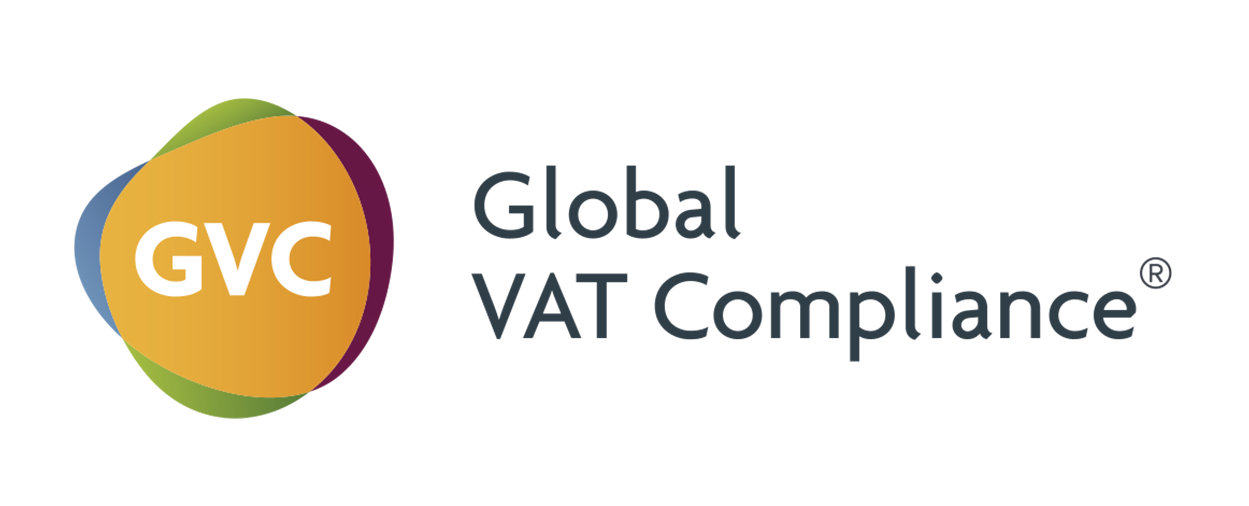Electronic invoicing (e-invoicing) in Serbia is regulated by the Law on Electronic Document, Electronic Identification, and Trust Services in Electronic Commerce (the “E-Commerce Law”). The National Bank of Serbia (NBS) and the Ministry of Finance are the regulatory bodies responsible for the implementation of e-invoicing in Serbia.
Here is an overview of how e-invoicing works in Serbia:
- Issuing an e-invoice: The supplier creates an electronic invoice and sends it to the customer in a structured electronic format (such as XML). The invoice must include specific information required by law, such as the unique invoice number, date of issuance, seller and buyer details, and a description of the goods or services supplied.
- Receiving an e-invoice: The customer receives the e-invoice in their electronic mailbox or via email. They can then process the invoice in their accounting system.
- Validation: The e-invoice must be validated to ensure it complies with legal requirements. The validation process checks the integrity of the invoice, confirms that the invoice has not been tampered with, and verifies that the sender’s signature is valid.
- Archiving: The supplier and customer must archive the e-invoice for a specific period of time (10 years in Serbia). The e-invoice must be stored in its original format and be easily retrievable for future reference.
- E-Invoice Registry: The NBS maintains an e-invoice registry that lists all the e-invoices issued and received by businesses in Serbia. The e-invoice registry helps to prevent fraud and assists with tax audits.
In Serbia, e-invoicing is mandatory for certain types of businesses, including public institutions, companies with more than 250 employees, and companies with an annual turnover of over 8 million euros. Other businesses are encouraged to adopt e-invoicing voluntarily.
E-invoicing offers several benefits, including cost savings, improved efficiency, reduced errors, and faster payment processing.
See also E-Invoicing in Serbia – An overview
Join the Linkedin Group on Global E-Invoicing/E-Reporting/SAF-T Developments, click HERE














